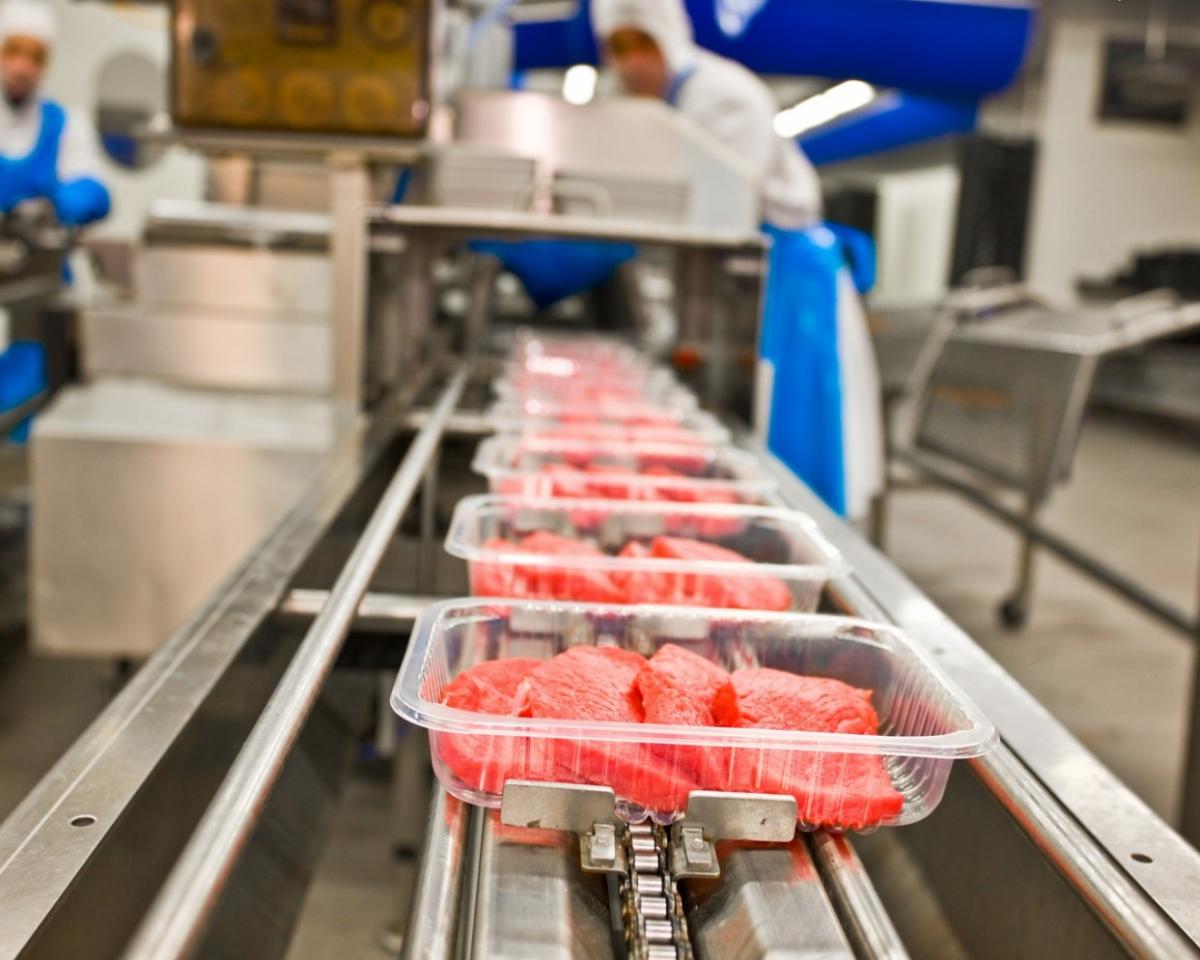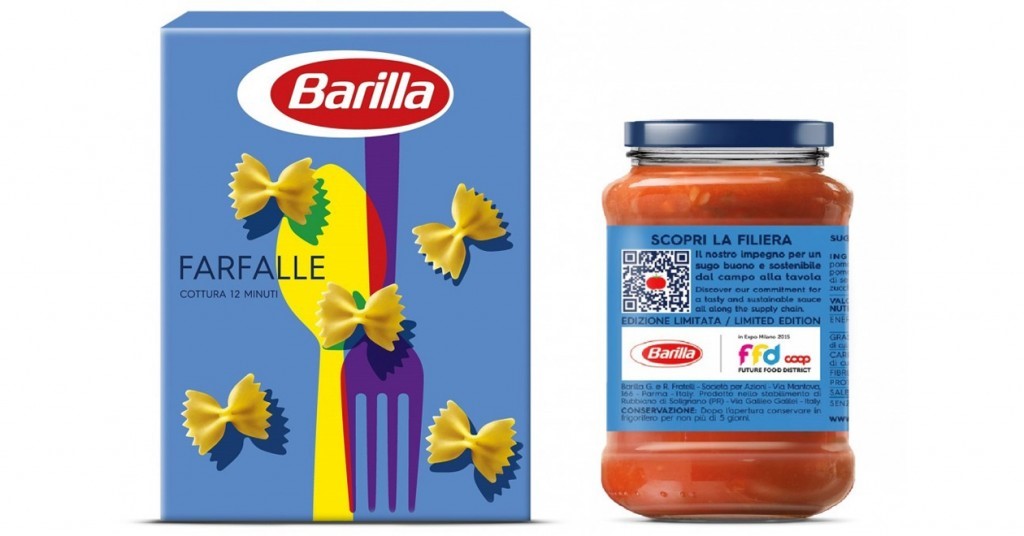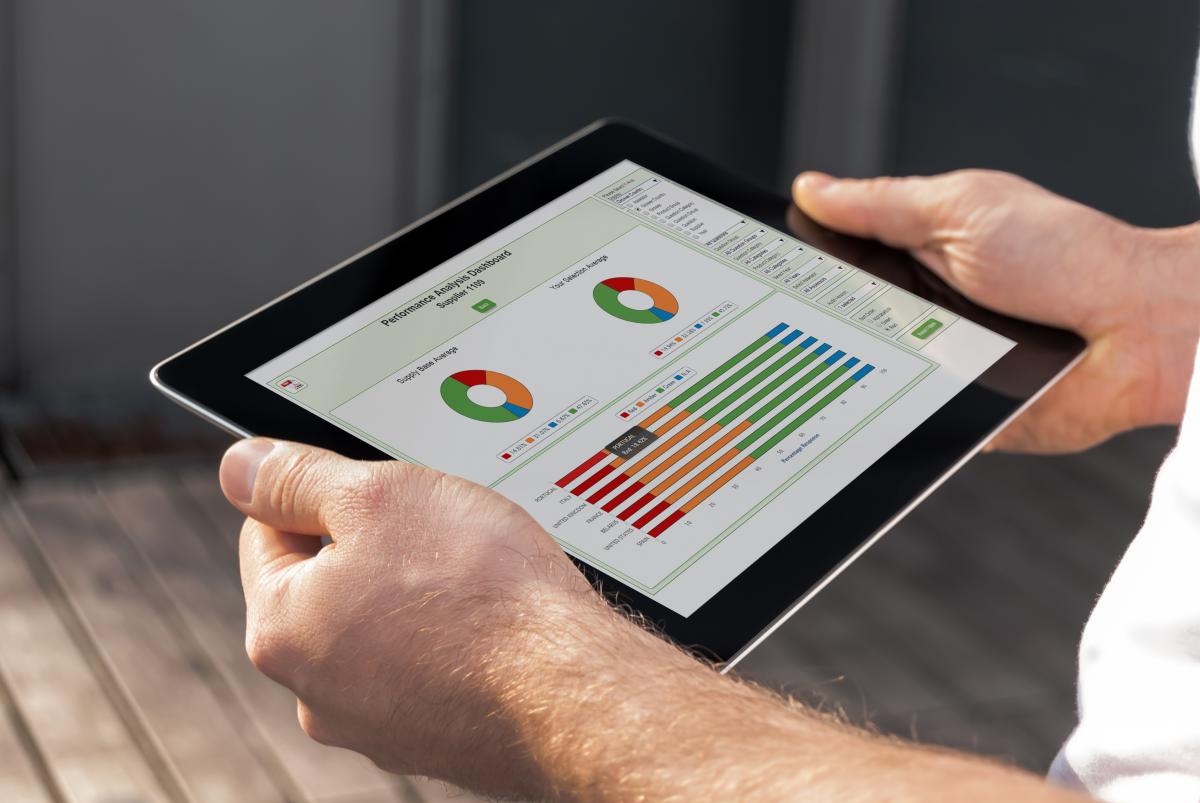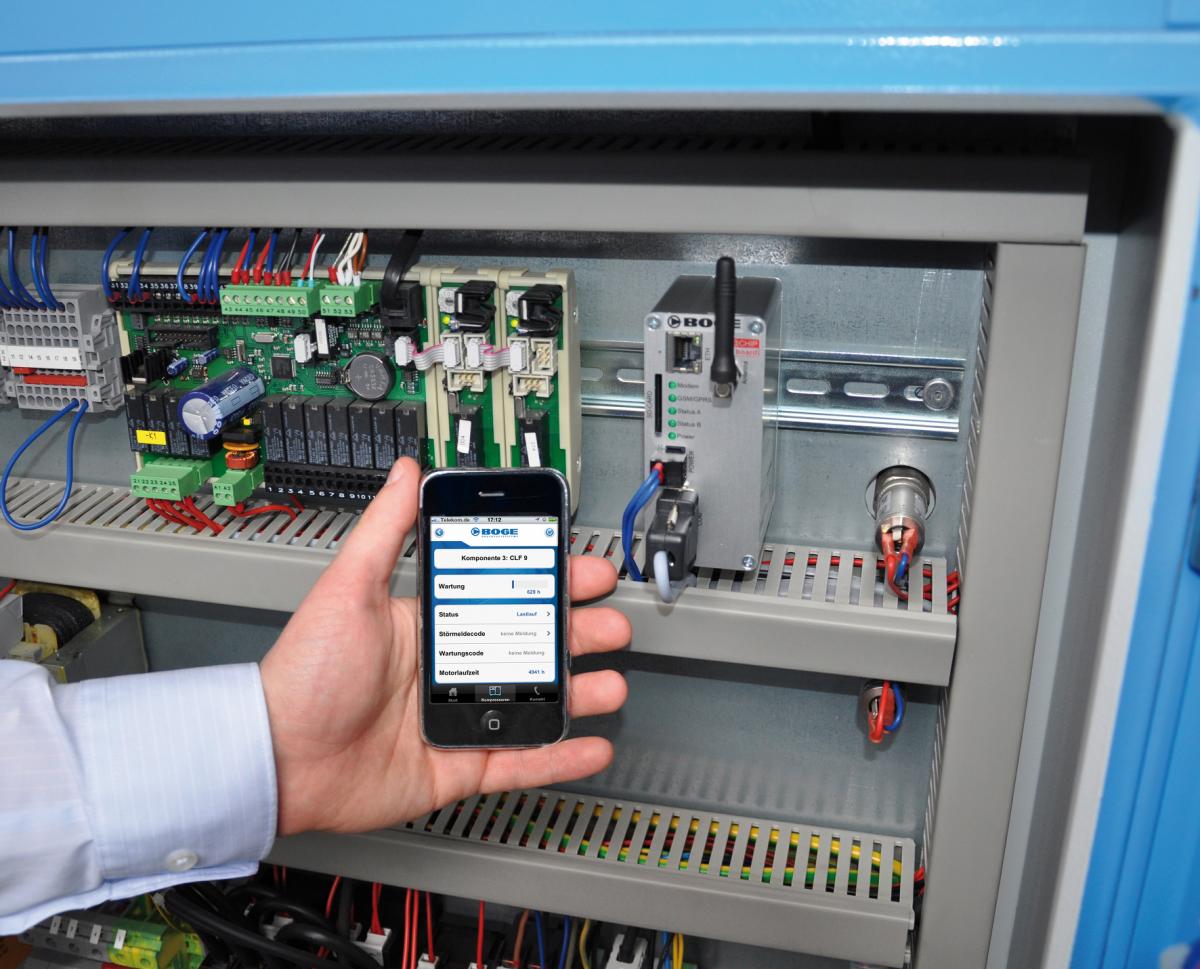FROM contamination and food poisoning to processing defects, food safety lapses have been growing in scale and frequency in recent years. Approximately 420,000 deaths annually are attributed to the consumption of contaminated foods, reports the World Health Organization (WHO). Asia has been plagued with high-profile food scandals that have resulted in product recalls, negative image in the media, and mistrust in companies’ food safety practices. Demands for improved accountability and traceability have expectedly intensified among today’s discerning consumers who are no longer content with leaving the responsibility of food safety to regulators, manufacturers and retailers.
This new age of transparency is not just about recalls and consumer demands but about having the ability to track materials and finished goods up and down the supply chain, from procurement right up to the time it reaches the consumer’s hands. The food industry is starting to wise up. With the help of the Internet of Things (IoT), processors and suppliers are working together to tackle problems like safety, e-commerce, and even waste management.

The food industry ushers in a new age of transparency with the help of IoT-based devices and smarter processes
In the next 15 years, investments in industrial IoT which include the food manufacturing, preparation and logistics sectors, will exceed $60 trillion. Consequently, smart devices have become useful tools in maximizing operational efficiency and updating food safety protocols. Sensors, for example, monitor control points and connect the information to a centralized cloud base, providing businesses with broad insight into equipment systems and operations. Real-time analytics is clearly one of IoT’s biggest incentives as operators are alerted to imminent malfunctions and can rectify faults before they happen.
“With IoT, monitoring and maintenance shift from being reactive to being predictive and proactive, and this enables stakeholders along the food supply chain to do away with redundant downtime, increase productivity and reduce food safety risks,” says Amunugama Nalin, General Manager of BOGE KOMPRESSOREN Asia Pacific.
To enhance the consumer experience and establish trust, food companies have since taken advantage of improved technologies – among them, British supermarket retailer Asda runs live feeds from its webcams placed in the compounds of several of its food suppliers. Others like Tesco and Wal-Mart provide easy access to the origins and manufacturing paths of food items.
Interconnected data analysis
Food production, likewise, is relying on connected devices and solutions that promise to boost yield and performance. Engineering and electronics company Bosch and food processing technology firm Bühler recently expanded their partnership to introduce innovations in line with Industry 4.0’s imminent growth in the food manufacturing sector.
An outcome of the collaboration is the incorporation of wireless sensors into the individual rolls of Bühler’s rotating machines. The sensors measure temperature and vibration in real-time, allowing for heightened monitoring of food products through better alignment of the rolls. Operators can also schedule pre-emptive maintenance based on warning messages. This predictive technology facilitates uninterrupted processes which in turn ensure the safety and quality of the final product. The applications can potentially be used for processing grain varieties like maize, wheat, barley and rye.
Collaborations utilizing IoT technologies to improve food manufacturing processes have also shown to empower consumers, as much as they do producers. The Safety for Food (S4F) platform launched by Italian pasta and sauce maker Barilla with the help of Cisco, a global leader in IT, provides consumers with the ability to trace the entire production chain of the ingredients in their food. All they have to do is to scan the QR code on the product packaging, and this will take them to a website detailing how and where specific batches were produced and distributed, as well as the ecological footprint of the foods.
Traceability features prominently in the S4F project where it allows consumers to make informed choices on how their dollars are spent and what foods end up on their plates. As Giorgio Beltrami, Quality, Food Safety and Regulatory Global Director at Barilla points out, “The innovative initiative aims to not only provide greater transparency and safety in the supply chain, but to also give consumers a greater connection to their food.”

A Safety 4 Food QR code appears on Barilla's product packaging, which gives consumers access to information on food ingredients' journey from farm to fork
End-to-end traceability
Given that the effective supervision of food supply chain processes is increasingly powered by connectivity, the focus has shifted to better coordination and immediacy. With the use of a centralized cloud database system, synchronized data pertaining to sites, suppliers and products can be collected and exchanged. What this means for stakeholders is that they will have access to the same refreshed information across the supply chain to gain immediate visibility and enable automated, intelligent actions needed to ensure food is of the highest quality, delivered on time and prepared in optimal settings.
It is this complete visibility along the manufacturing trajectory, from growers to retailers, that UK-based software company Muddy Boots promises its customers. The company’s cloud-based software system, Greenlight Quality Control, not only integrates with existing warehouse management systems and recording devices like temperature probes or weighing scales, it also organizes product and process evaluations, and assesses and reports on performances – all in one place. Through this central configuration, users can access the most recent checking standards, capture their findings, and instantly share the information.
“When all members of the supply chain are accessing the same data via Greenlight QC, everyone is clear on the required specification from the get-go. The end result is a significant reduction in waste, increase in efficiency, and stronger supply chain relationships,” remarks Mark Powell, Product Development Manager at Muddy Boots.
Customization further eases operations. Reports can be generated from the user/product/supplier profile, and product distribution can be automated to ensure the right people receive specific processed data, while removing much of the internal administrative burden. The Greenlight Assessments app is now available on iPhones and iPads, and is widely used by about 70% of the UK’s fresh produce supply chain, as well as a growing global customer base.

On-the-go assessment of products and processes are made easy with Muddy Boots’ Greenlight Assessments app
Remote surveillance
Compressed air is a critical utility in manufacturing plants, and is ubiquitous in the food and beverage sector, where it is used in a host of process applications including product handling, cooling and freezing, labelling, cutting and peeling food, bottle filling and packaging. When contaminated air comes into contact with a food product, it can affect its taste, appearance, color and shelf life, as well as compromise hygiene standards.
To address these concerns, BOGE, a leading supplier of compressed air systems introduced a diagnostics tool for increased safety and transparency in compressed air production. Ideally suited to monitor and manage complex systems and plants, the BOGE airstatus enables measured data from any station to be called up, graphically displayed and evaluated. The system monitoring is turned on by simply locating the relevant compressors and components via the Modbus Scan. The system data can be transferred directly via GSM/GPRS or via a LAN connection in real-time and are accessed on the airstatus web portal or the BOGE app. The app gives users an overview of the status of their compressed air systems anywhere anytime, and sends maintenance messages on temperatures and pressures that allow operators to instantly identify, analyse and react to faults. The receipt of e-mail or text alerts when values go above or below defined limits further enhances safety.
“Through remote surveillance, users can make decisions that contribute to the optimal functioning of their systems based on the latest data while adhering to regulatory requirements,” Mr Nalin assures.

Remote surveillance of complex systems through the BOGE airstatus ensures increased safety and transparency of compressed air production
Resilient supply chains
By 2025, more than 100 billion IoT connected devices will be installed, according to a new report by Research and Markets. This bodes well for the future of the global food supply chain, where wastage, food safety lapses and food production through less than sustainable means can be minimised or prevented altogether. By embracing new technologies like big data analysis, intelligent supply chain mapping and tracing technologies, food manufacturers can satisfy both regulatory and customer demands by transforming the control and oversight they have over the entire supply chain from farm to fork.
Nike Air Max













